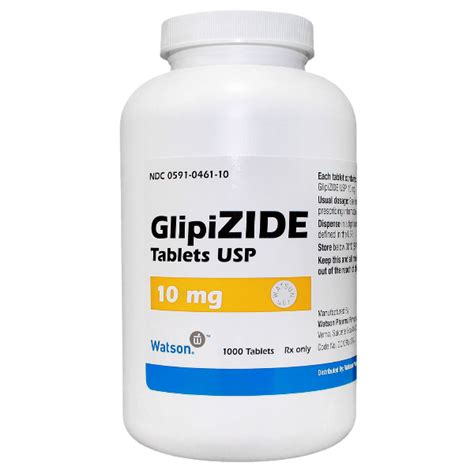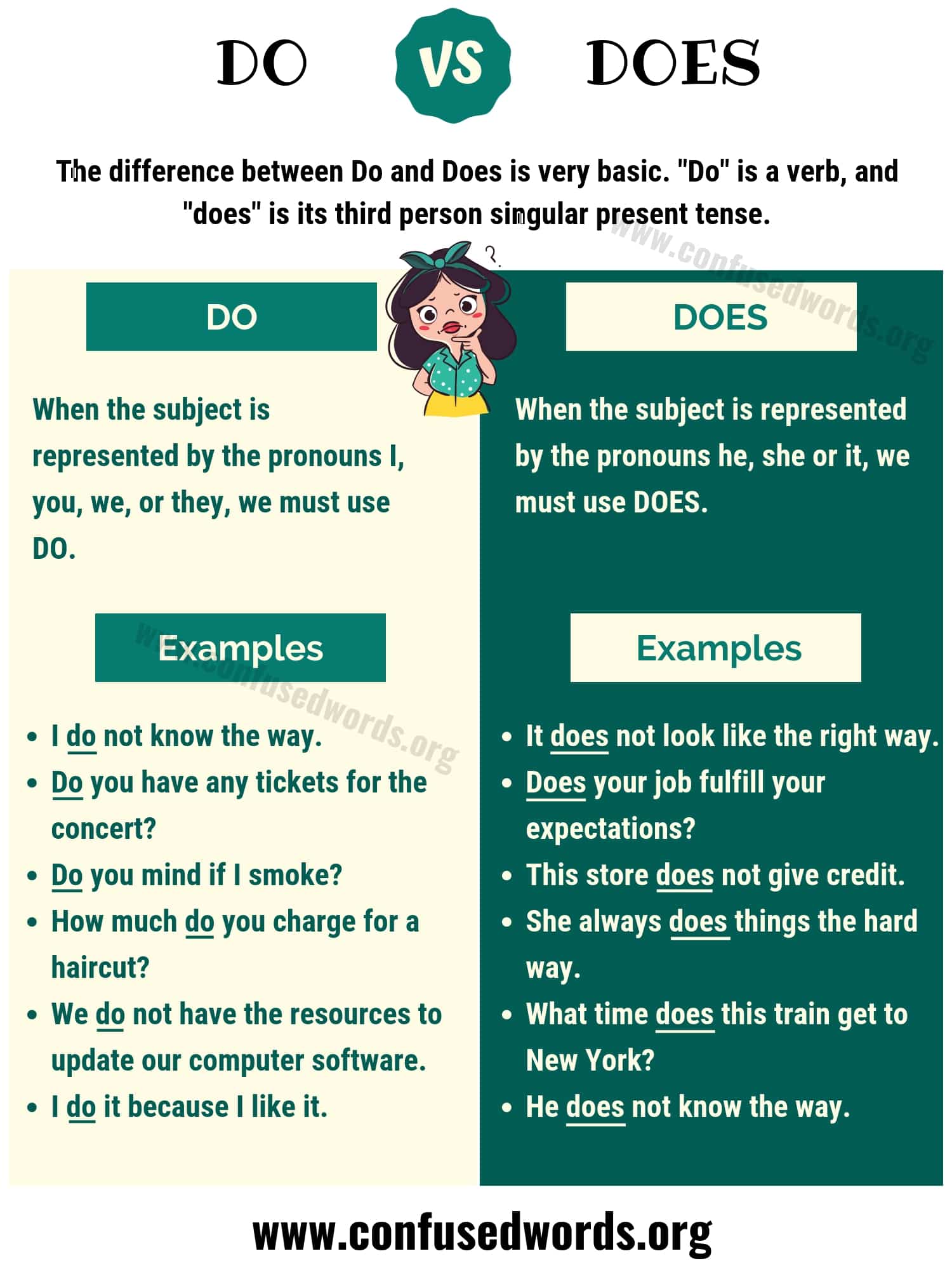Econazole nitrate is a synthetic imidazole antifungal agent used in the treatment of various fungal infections. It is commonly found in creams, ointments, and solutions, and is effective against a wide range of fungal species, including those causing skin, nail, and vaginal infections. In this comprehensive guide, we will explore the properties, uses, and side effects of econazole nitrate, as well as provide an in-depth look at its mechanism of action and treatment guidelines.
Introduction to Econazole Nitrate
Econazole nitrate belongs to the imidazole class of antifungals, which work by inhibiting the synthesis of ergosterol, a critical component of fungal cell membranes. This leads to cell lysis and ultimately, the death of the fungal cells. Econazole nitrate has a broad spectrum of activity, making it effective against both dermatophytes (such as Trichophyton, Microsporum, and Epidermophyton) and yeasts (including Candida species).
Mechanism of Action
The mechanism of action of econazole nitrate involves the inhibition of the enzyme lanosterol 14α-demethylase. This enzyme is necessary for the conversion of lanosterol to ergosterol, a key component of the fungal cell membrane. By inhibiting this enzyme, econazole nitrate prevents the formation of ergosterol, leading to a disruption in cell membrane integrity and function. This ultimately results in the death of the fungal cells.
Uses of Econazole Nitrate
Econazole nitrate is used in the treatment of a variety of fungal infections, including:
- Dermatophyte infections: Econazole nitrate is effective against infections caused by dermatophytes, such as athlete’s foot, jock itch, and ringworm.
- Candidiasis: Econazole nitrate is used to treat infections caused by Candida species, including vaginal candidiasis and cutaneous candidiasis.
- Onychomycosis: Econazole nitrate can be used to treat fungal infections of the nails, although it is not always the first line of treatment.
Side Effects of Econazole Nitrate
While econazole nitrate is generally well-tolerated, it can cause some side effects, including:
- Local irritation: Econazole nitrate can cause irritation, itching, and burning at the site of application.
- Allergic reactions: Some individuals may be allergic to econazole nitrate, and can experience allergic reactions such as hives, itching, and difficulty breathing.
- Systemic effects: In rare cases, econazole nitrate can cause systemic effects such as nausea, vomiting, and diarrhea.
Treatment Guidelines
The treatment guidelines for econazole nitrate vary depending on the specific infection being treated. In general, econazole nitrate is applied topically to the affected area, and is typically used for a period of 2-6 weeks. It is essential to follow the treatment guidelines carefully to ensure effective treatment and to minimize the risk of side effects.
Dosage and Administration
The dosage and administration of econazole nitrate depend on the specific formulation and the infection being treated. In general, econazole nitrate is applied topically to the affected area, and is typically used 1-2 times a day. It is essential to follow the dosage and administration guidelines carefully to ensure effective treatment and to minimize the risk of side effects.
Precautions and Contraindications
Econazole nitrate is contraindicated in individuals who are allergic to it or to other imidazole antifungals. It is also contraindicated in individuals with a history of liver disease or liver dysfunction. Econazole nitrate should be used with caution in pregnant and breastfeeding women, and in individuals with a history of systemic fungal infections.
Interactions with Other Medications
Econazole nitrate can interact with other medications, including:
- Warfarin: Econazole nitrate can increase the risk of bleeding when used with warfarin.
- Phenytoin: Econazole nitrate can increase the levels of phenytoin in the blood, leading to increased risk of side effects.
- Cyclosporine: Econazole nitrate can increase the levels of cyclosporine in the blood, leading to increased risk of side effects.
Conclusion
Econazole nitrate is a synthetic imidazole antifungal agent used in the treatment of various fungal infections. It is effective against a wide range of fungal species, and is commonly used in creams, ointments, and solutions. While econazole nitrate is generally well-tolerated, it can cause some side effects, including local irritation, allergic reactions, and systemic effects. It is essential to follow the treatment guidelines carefully to ensure effective treatment and to minimize the risk of side effects.
FAQ Section
What is econazole nitrate used for?
+Econazole nitrate is used in the treatment of various fungal infections, including dermatophyte infections, candidiasis, and onychomycosis.
How does econazole nitrate work?
+Econazole nitrate works by inhibiting the synthesis of ergosterol, a critical component of fungal cell membranes. This leads to cell lysis and ultimately, the death of the fungal cells.
What are the side effects of econazole nitrate?
+Econazole nitrate can cause local irritation, allergic reactions, and systemic effects. It is essential to follow the treatment guidelines carefully to minimize the risk of side effects.
How is econazole nitrate applied?
+Econazole nitrate is typically applied topically to the affected area, 1-2 times a day. It is essential to follow the dosage and administration guidelines carefully to ensure effective treatment.
Can econazole nitrate be used in pregnant and breastfeeding women?
+Econazole nitrate should be used with caution in pregnant and breastfeeding women. It is essential to consult a healthcare professional before using econazole nitrate during pregnancy or breastfeeding.


